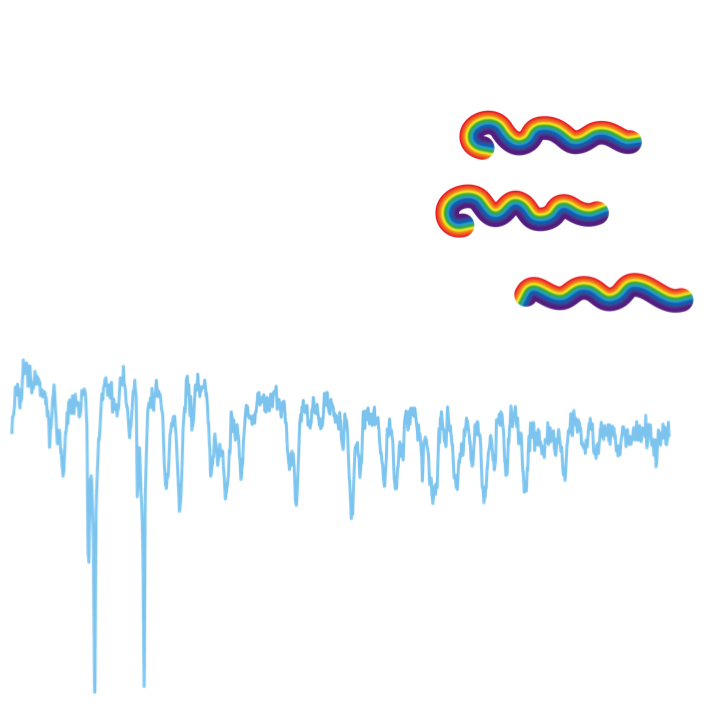About Me
I use data from the Hubble Space Telescope (HST), the James Webb Space Telescope (JWST), and ground-based observatories to investigate how new planets form around young stars. I am especially interested in understanding how the properties of the stars themselves influence the types of planets they can ultimately host. I hope my work will someday help us discover how frequently the conditions that lead to the formation of Earth-like planets occur in the Universe.


